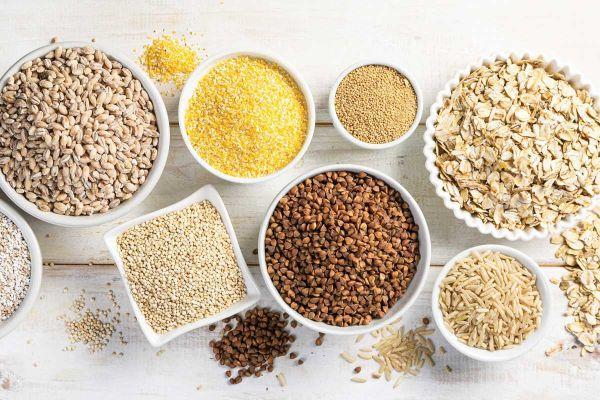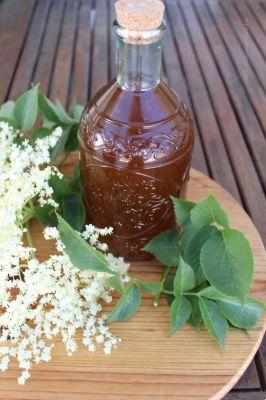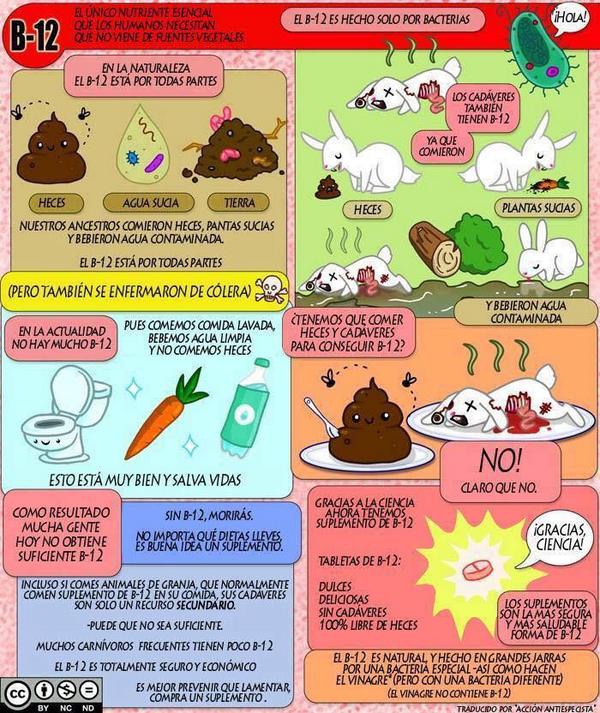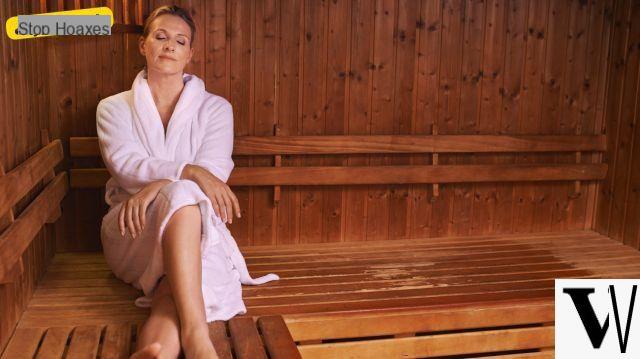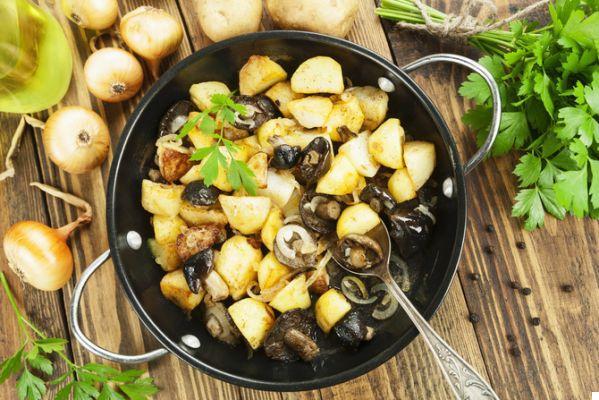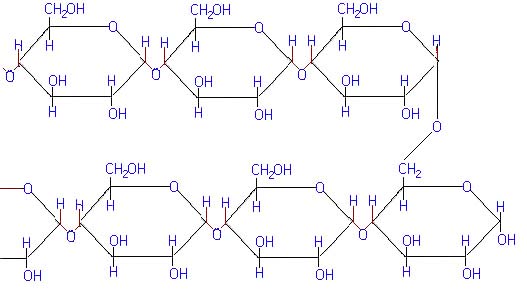, Nutritionist
Il natural yeast, or sourdough, is a mixture of water and flour in which bacteria and lactic ferments are present. Products packaged with natural yeast are more digestible, free from artificial additives and better tolerated by diabetics. Let's find out better
> How to use it in the kitchen
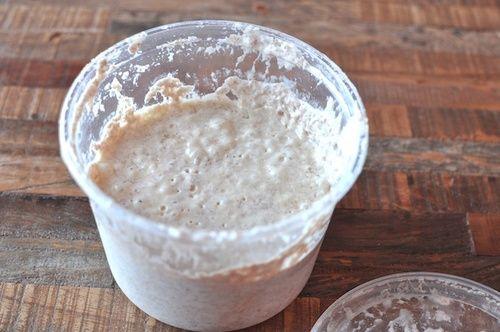
What is natural yeast
Also known under other names such as sour yeast, sourdough, mother pasta or growing dough, natural yeast is rediscovering a renaissance in the world of bakery and pastry.
It is a dough of water and flour in which there are bacteria and lactic ferments which, over the course of countless days, allow the fermentation of the doughs essential for the preparation of some types of breads and sweets (for example panettone, pandoro, and colomba) to be started. Unlike brewer's yeast, consisting mainly of colonies of Saccharomyces cerevisiae, different species of Saccharomyces and Candida as well as various species are present in the mother yeast lactic bacteria of the genera Pediococcus, Leuconostoc, Lactobacillus and Weissella.
Our body is full of millions of bacteria that help us live and those present in the mother yeast are part of the family of beneficial bacteria useful for keeping our body in harmony and balance.
The growth of natural yeast and bread is based on these yeasts and bacteria present in the flour and on their work of decomposing starch and sugars to feed on them. This decomposition leads to the formation of carbon dioxide and alcohol (ethanol). The carbon dioxide is then trapped by the gluten (proteins) of the flour and with the heat it expands, thus increasing the volume of the yeast and the bread.
Properties and benefits
Compared to the production of yeasted breads and cakes used in large-scale commercial bakery and pastry, production using sourdough requires a significant number of extra fermentation hours, as well as superior skill, and the result is a product full of holes, with an elastic and compact crust, give countless health properties.
The yeasts naturally present in flour are much less concentrated than commercial ones and for this reason they are better tolerated by individuals who react unfavorably to the excessive contents of yeast present in the most common breads on the market. Consequently, among the benefits of sourdough I am sure to consider the best tolerability and digestibility.
The slow fermentation also allows the growth and development of beneficial bacteria (lactobacilli). These bacteria produce lactic and acetic acids, and it is these acids that preform a considerable number of beneficial functions:
- allow the body to absorb more essential nutrients such as calcium, magnesium, iron, zinc, antioxidants, folic acid and other B vitamins;
- reduce the level of phytic acid;
- they modify or eliminate the protein particles that can trigger wheat intolerance and celiac disease;
- act as natural preservatives; produce amino acids and γ-aminobutyric acid (GABA) capable of improving the nutritional value of the products. For example, in 150 grams of Pane di Matera PGI it provides the minimum daily dose to decrease blood pressure in moderately hypertensive individuals.
In diabetic individuals, bread made with natural yeast causes a lower increase in blood sugar levels and a lower production of insulin, thanks to a glycemic index equal to half of traditional bread. Gluten is completely decomposed and as a result is virtually harmless, causing no problems for celiacs.
Typically, products made with sourdough are free of artificial additives, commercial yeasts, emulsifiers, acidifying ingredients, preservatives, and a wide range of enzymes often added in industrial-scale baked goods.
Sourdough bread also generates a greater sense of satiety post-meal and its acidity guarantees a lowering of the content in pathogenic micro-organisms of the food with a beneficial effect on the intestinal flora.
You can also learn more about the properties and uses of brewer's yeast
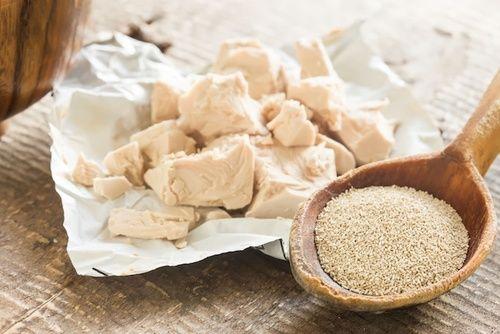
How it is used in the kitchen
The sourdough yeast always has a different composition, based on the initial culture, the lactic acid bacteria present, the yeasts, the origin of the flour, the environment, the temperature, the duration of fermentation, etc. Each crop will therefore be different and will always give the bread a slightly different flavor.
In any case, we start with a handful of fresh and raw dough of whole wheat flour and water, left to ferment for days and pressed, and after a few days stored in the fridge. In the end this sourdough yeast will be very hard and dry, with a strong and characteristic bad smell.
Before being used this paste must be crumbled, softened, dissolved without lumps in warm water, e made to ferment again, that is revitalized, with the addition of new flour. This revitalization process must be done several times over the course of several days, until a fermented and bullous mass is obtained that can finally be used to make bread.
Sourdough baked goods will always be considerably enriched in flavor, texture and aroma. Moreover, in addition to offering better organoleptic characteristics, they will always have a better shelf life.
A recipe with natural yeast
Natural yeast pancakes
Ingredients
- 300 g of Natural Yeast not Refreshed (at maximum leavening)
- 14 g of sugar
- 2 g of Sodium Bicarbonate
- 2 g of salt
Method
Mix all the ingredients for a few minutes and then let it rest for 5 minutes. Heat a non-stick pan and pour the mixture into individual portions of a few centimeters in diameter. Cook over medium heat and then turn the pancakes and cook on the other side until golden in color and then serve to taste with jam, cream or powdered sugar.
READ MORE
The different types of yeast: which one to use?
Other articles on sourdough:
> Products prepared with mother yeast among the breakfast ingredients
> Among the natural yeasts, cream of tartar
> Yeast substitutes
> Sourdough: how to refresh the dough
| Spadespatula.com





